A Fascinating Collection of World Instruments at the Hamamatsu Museum of Musical Instruments
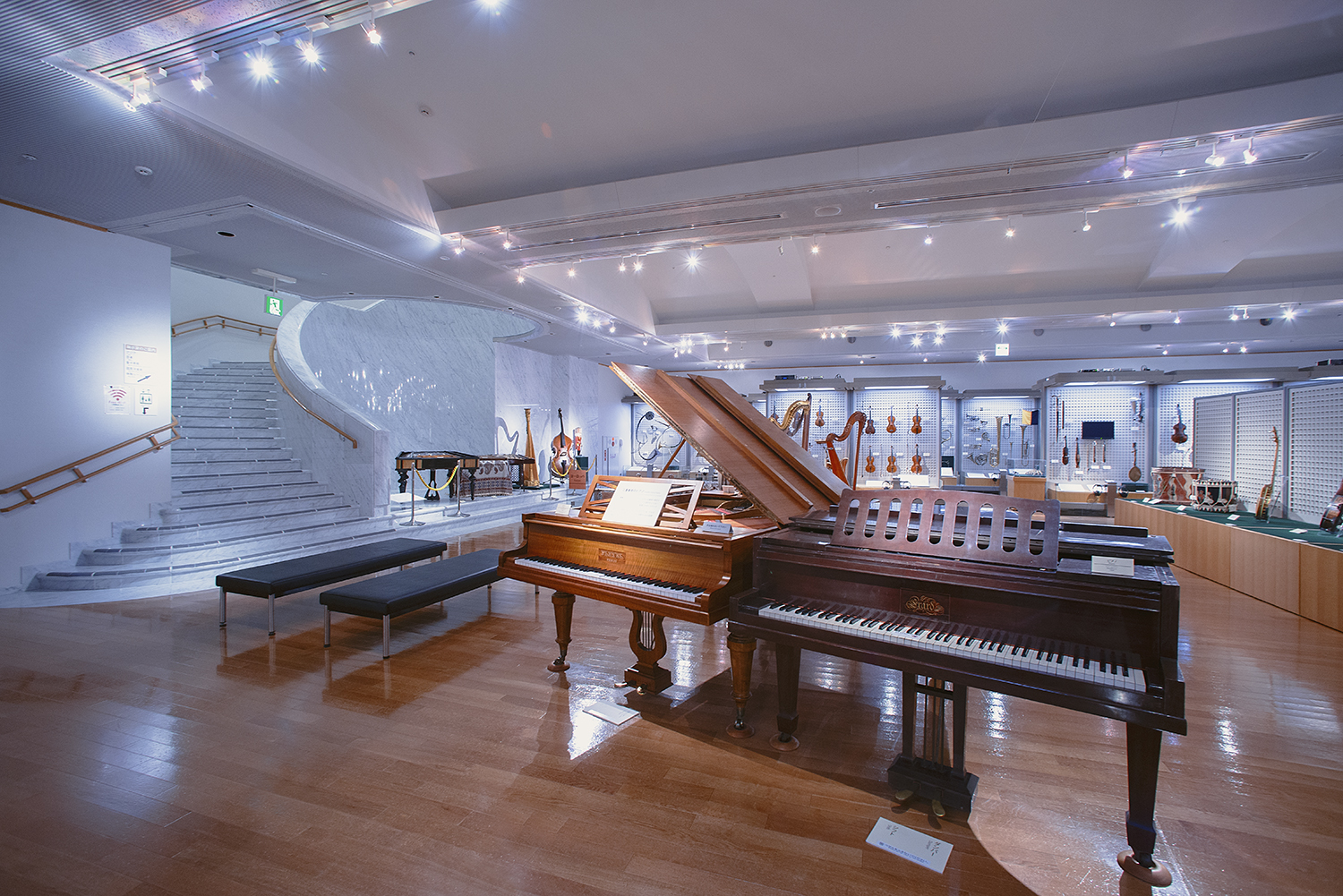
The City of Music
Hamamatsu is the home of several renowned musical-instrument makers and known for its rich musical heritage. The Hamamatsu City Museum of Musical Instruments is a testament to that legacy and to the city’s vibrant musical culture. Furthermore, it is Japan’s first and only public museum devoted to musical instruments from around the world.
Located in the ACT City complex, within walking distance of Hamamatsu Station, the Hamamatsu City Museum of Musical Instruments is unique and fascinating in its dedication to the history, artistry, and cultural significance of musical instruments. With an extensive collection of some 3,300 instruments and numerous interactive exhibits, the museum offers visitors an immersive and educational experience that showcases the diversity and beauty of musical traditions from around the world.
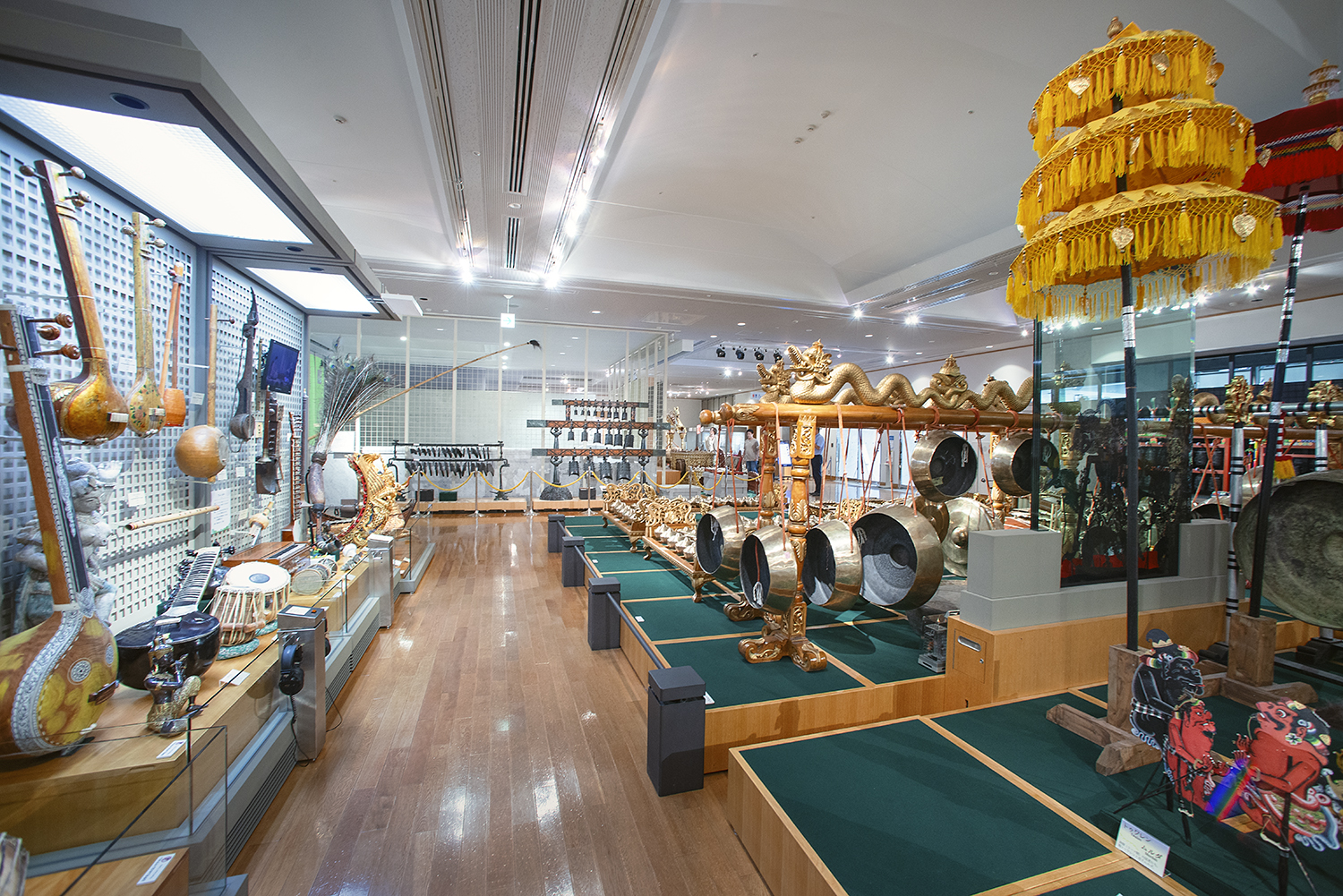
A Global Journey Under One Roof
Upon entering the museum, visitors are greeted by a vast array of musical instruments, generally organized by world region. Under the categories of Asia, Oceania, Africa, America, and Europe, exhibits are thoughtfully curated to highlight the development, craftsmanship, and cultural context of different instruments. The openness of the museum layout makes it easy to compare the characteristics and designs of instruments from different cultures—for example, the animal or deity images on many Asian instruments versus the human facial images on many African instruments.
An exhibition of Japanese instruments highlights their remarkable breadth and diversity. Visitors can see well-known instruments, such as the koto and shamisen, but they can also discover folk instruments and others that are unconventional, such as wind chimes, shrine bells, and large seashells known as horagai, which are used in mountain asceticism.
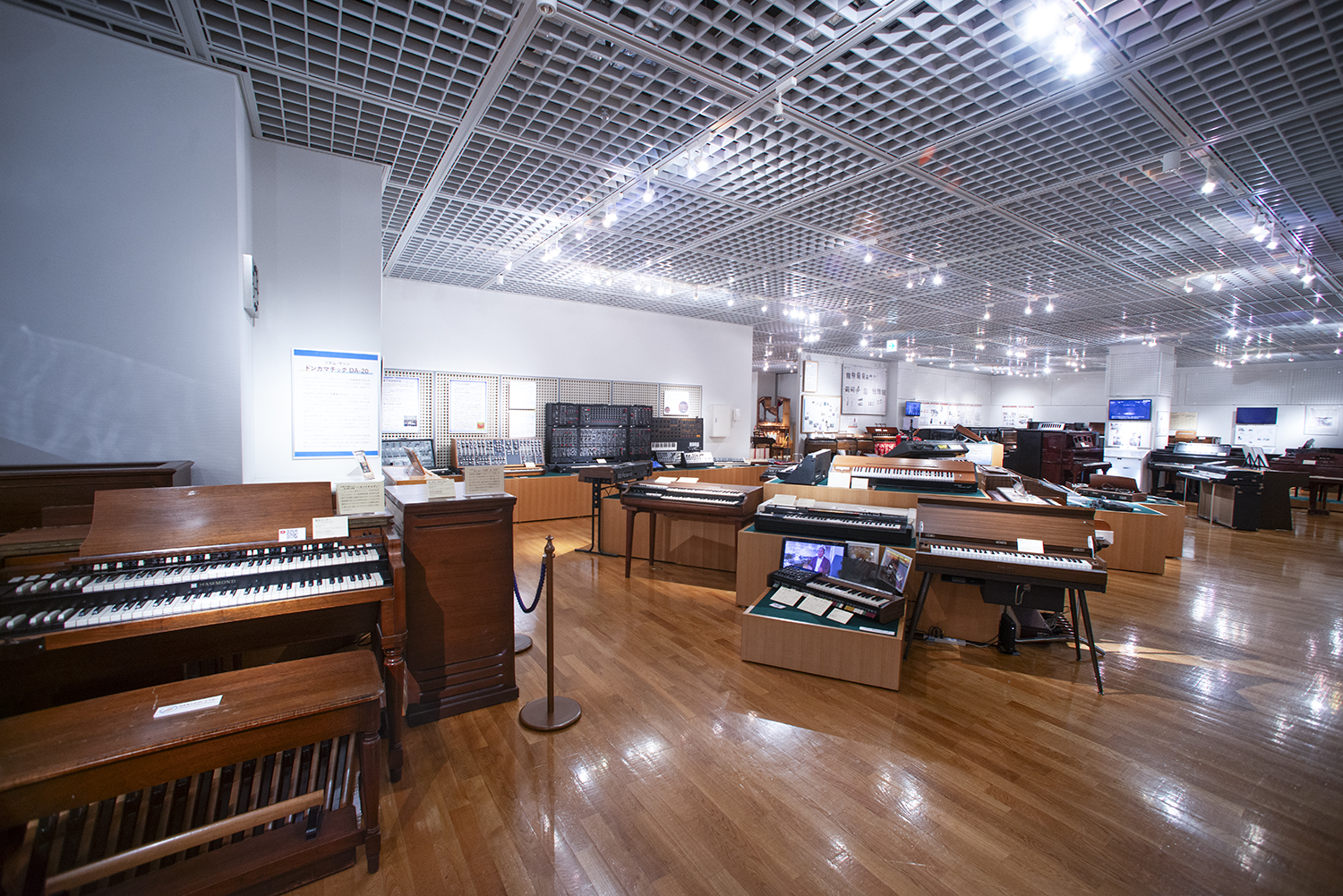
An Extensive Japanese Keyboard Collection
Beyond the museum’s continental groupings, there are collections of keyboard instruments, electronic musical instruments, and even early Japan-made Western musical instruments. These specialized exhibitions offer deep insight into the evolution of keyboard instruments—for example, the effect of the French Revolution and the industrial revolution on piano development, the modifications made by Japanese piano manufacturers to deal with the effect of the country’s humid climate, and the astounding technological progress made by Japan in the development of synthesizers and electric pianos.
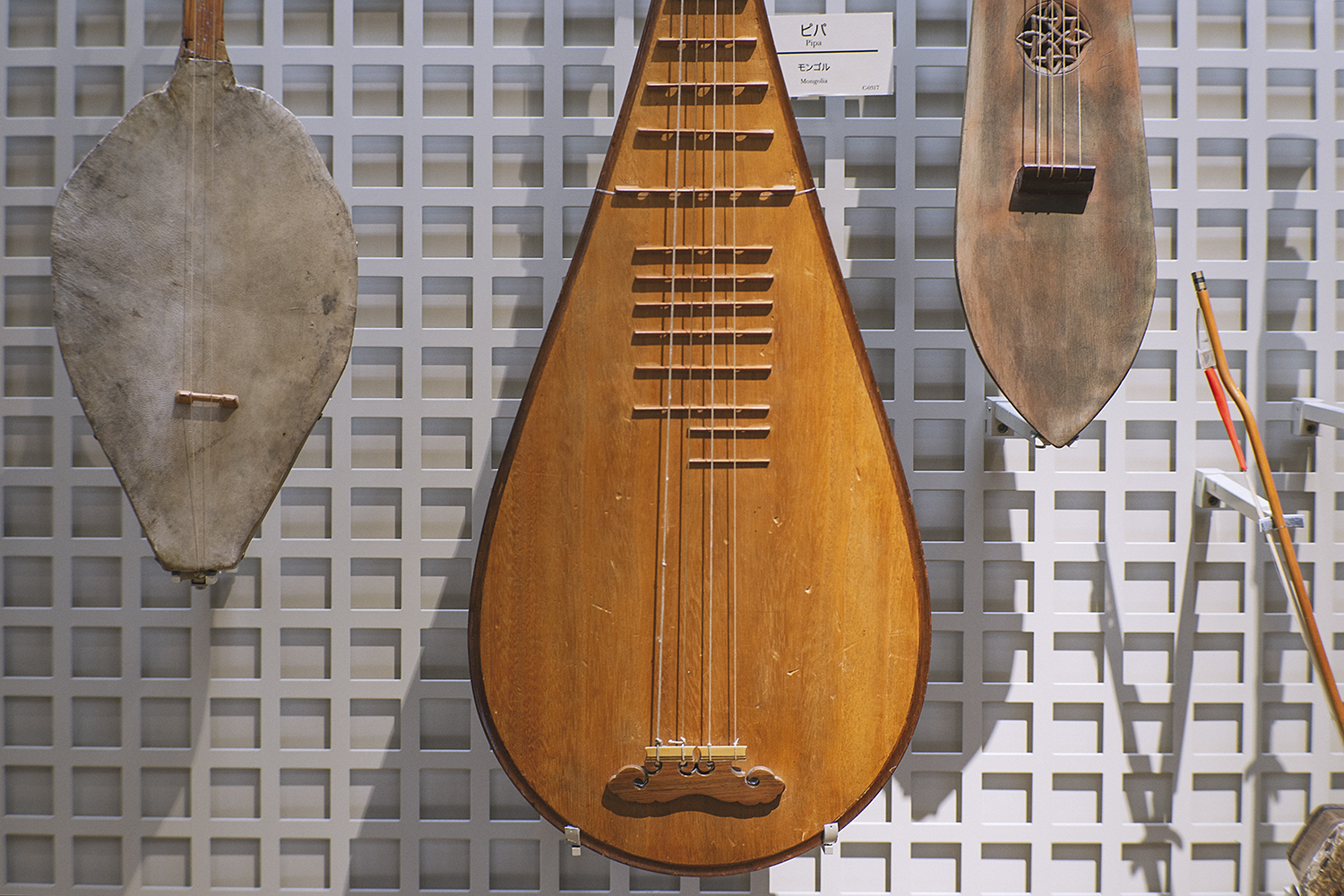
The museum purposefully avoids encasing the instruments in protective glass so that visitors can appreciate their complexity and artistry from various angles, although touching the instruments is not permitted. The instruments are identified by tags, and occasional audio and video presentations provide a sense of their sound and an explanation of their operation.
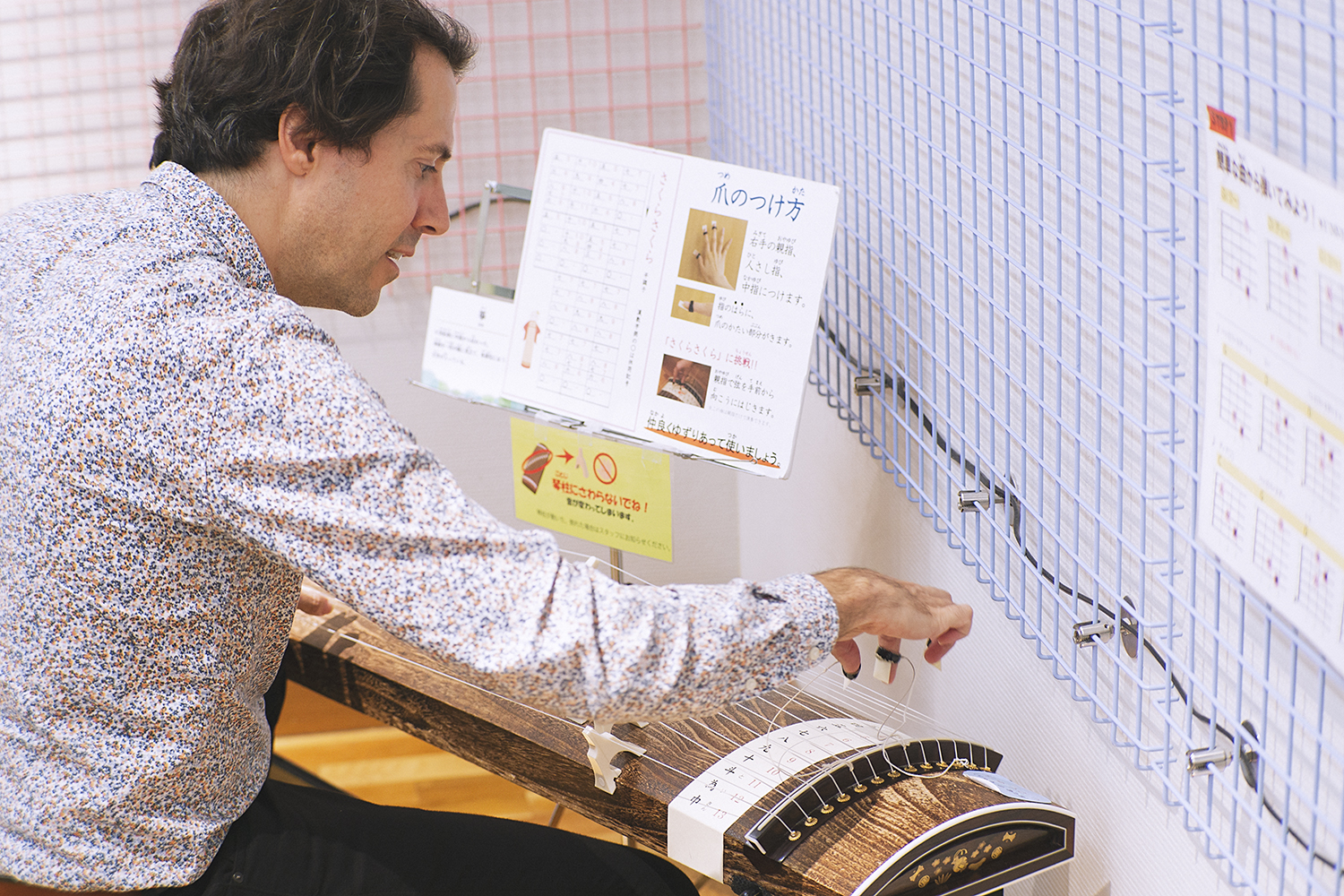
Try Performing for Yourself
Recognizing that some visitors may want to play the instruments themselves, the museum has a free Hands-on Room. Here, people are invited to explore the unique sounds and characteristics of various instruments, such as the piano, drums from different cultures, or even traditional Japanese instruments like the koto or shamisen. Open to kids and adults alike, this section fosters a deeper understanding and appreciation of the mechanics and tonal qualities of these instruments.
The museum hosts regular concerts, workshops, and demonstrations to further enrich visitors’ understanding of music and musical instruments. These events feature performances by professional musicians, lectures on musical history and traditions, and opportunities for visitors to participate in hands-on workshops where they can learn to play different instruments or explore specific musical techniques.
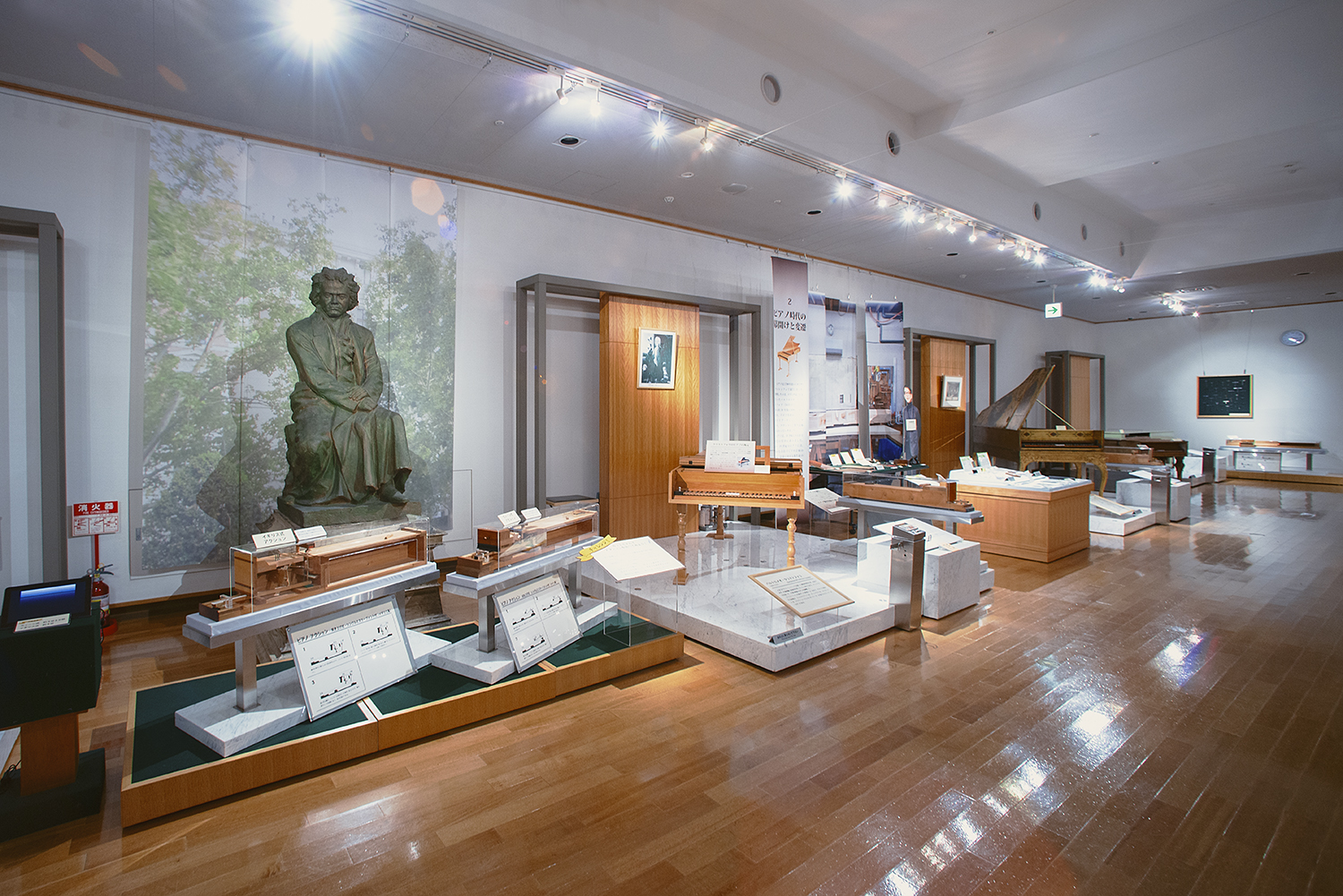
A New Perspective on Music
The Hamamatsu City Museum of Musical Instruments is a place that can change your perception of music and even enhance your appreciation of it. The museum is more than merely a hub for music enthusiasts. Its vast collection of instruments and its interactive exhibits have historical and anthropological significance and are fascinating for anyone with a curiosity about the world of musical expression.





